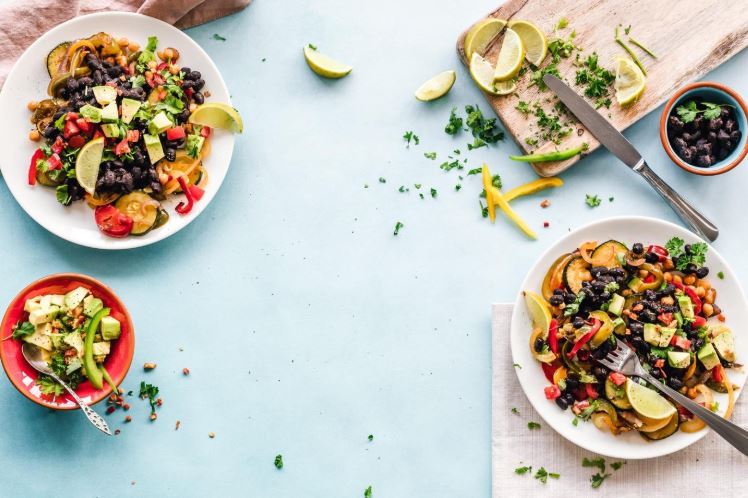
Are you an amateur in the kitchen or a next level master chef? Everyone should have a repertoire of dishes that they can confidently create when required. Cooking is a skill that will save you money on takeout and allow you to entertain at home with ease. When we eat three meals a day every day of our lives, it is a sensible area to invest a bit of time and effort into perfecting.
Equipment Audit
Before you get started, you should check your equipment. Having the right cookware and a decent set of knives will give you superior results. A good list of basics to get you started include a vegetable peeler, measuring cups and spoons, mixing bowls, chopping boards, cooking utensils including tongs and a whisk and a colander.
Check your cupboards and make sure that you have the equipment you need before you begin. There is nothing worse than needing to measure a cup of flour and discovering that your measuring cup has disappeared into the dreaded second drawer.
If you are into grilled food or other types of ethnic cuisine, checking through the best cast iron griddles online could help you boost your repertoire of kitchen equipment.
Set Yourself a Goal
To kickstart your culinary crash course, it is a good idea to set a quantifiable and practical goal. Taking on Julia Child’s “Mastering the Art of French Cooking” might have seemed like a good idea after watching Julie & Julia on Netflix, but a more realistic approach is to focus on one dish at a time. Why not start with your all-time favorite meal? Mastering a single recipe is an achievable goal and one that you are more likely to accomplish. Try to give yourself a measurable target, such as cooking that dish once a week. You could even invite a friend over to taste-test the first attempt, and perfected versions, so they can shower you with praise when you master the recipe.
Remember the Garbage In, Garbage Out Rule
In computer science, they use the phrase “garbage in, garbage out” to describe how flawed input data will only ever give you nonsense output. The same rule applies in the kitchen. Start by sourcing fresh, quality ingredients. If your recipe calls for spinach but all you can find is a wilted bunch that is browning around the edges, it stands to reason that the flavors in your final dish won’t be that tasty.
Prep Like a Pro
Once you have sorted out the shopping, it is time to prep your ingredients. Make sure that you chop your food into equal sized pieces so that it cooks at the same rate. Consistently sizing will help you to avoid burnt edges and raw centers. Having the ingredients prepped and measured will help you best follow the recipe.
Presentation
Have you ever noticed how fancy a sprig of parsley and a drizzle of sauce make something look? Some simple tips include considering contrast and color when planning your meal, avoiding overcrowd the plate, and serving odd amounts of food for visual balance. A stack with three pieces of chicken is more pleasing to the eye than four. You can also elevate a dish with the serving vessel itself. Offering guests a bowl of ice cream is reminiscent of a kid’s birthday party, but three scoops of gelato served in a cocktail glass with a sprig of mint looks classy and tastes delicious.
Like any other skill, boosting your game in the kitchen requires practice, patience, and persistence. Stick to the above steps, and you will be serving up delicious meals in no time.

